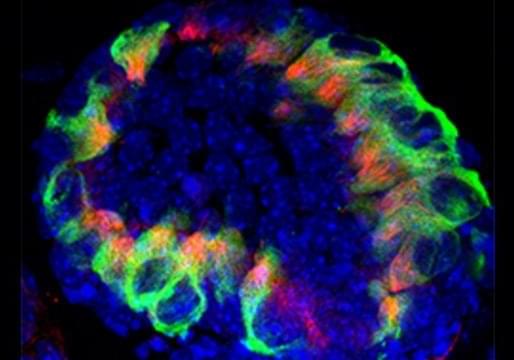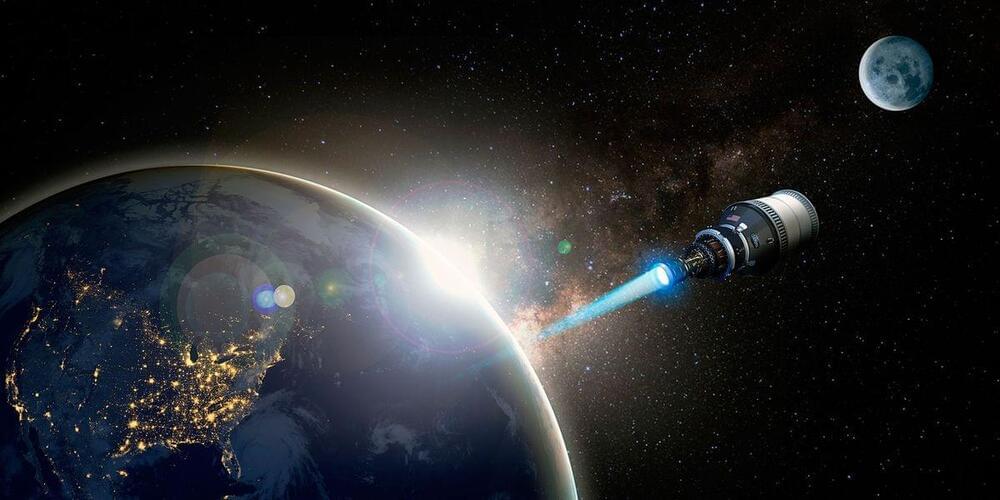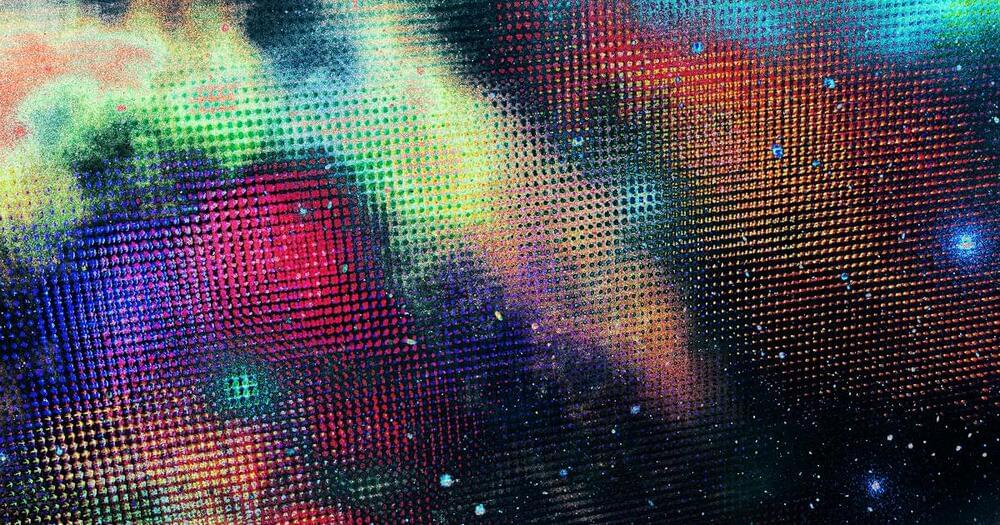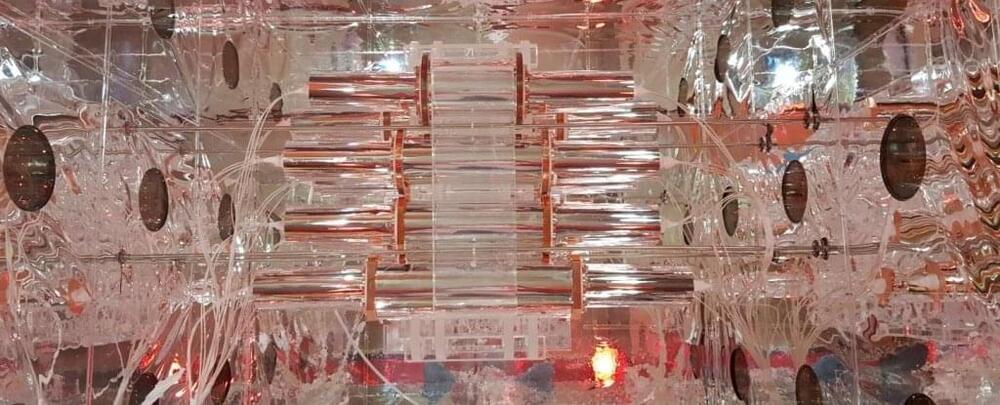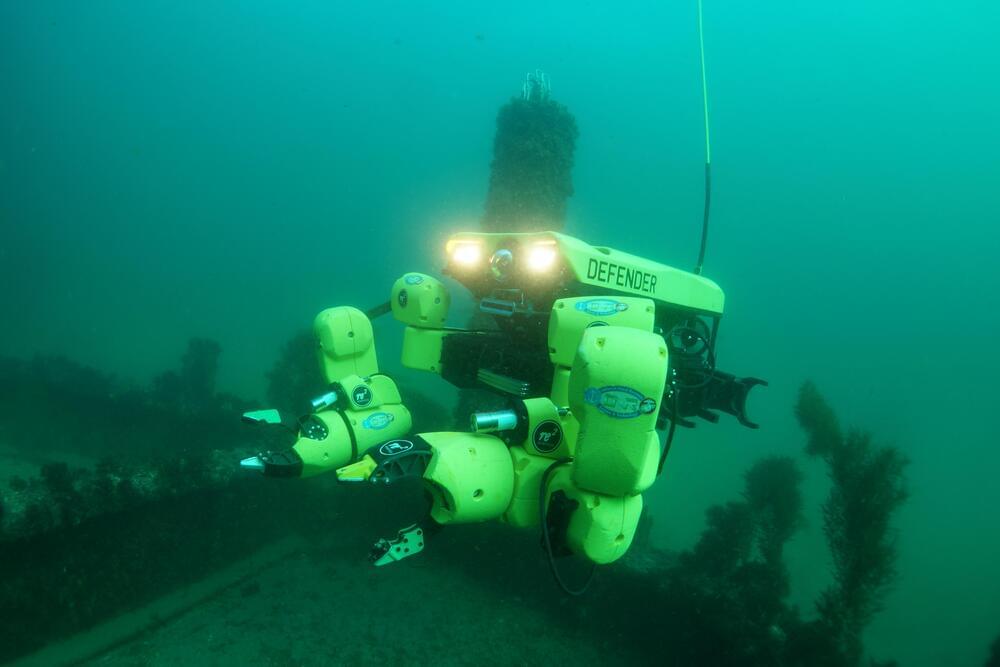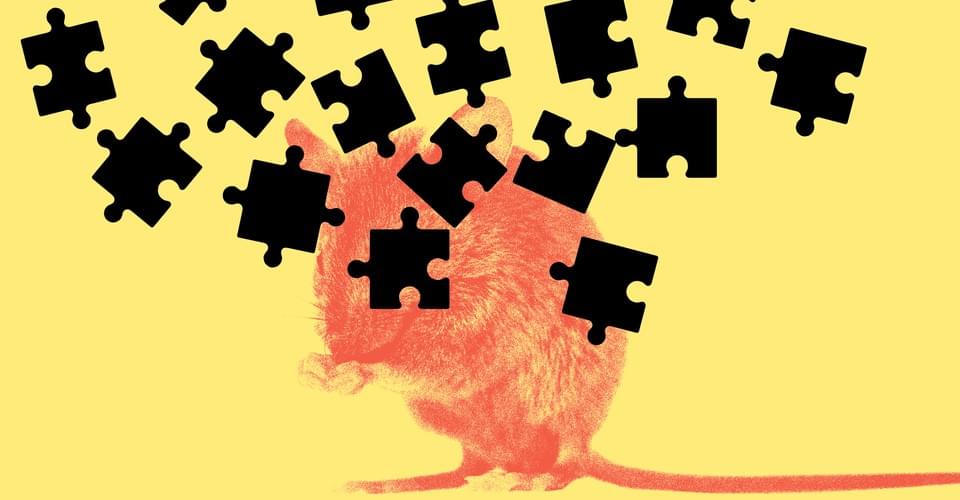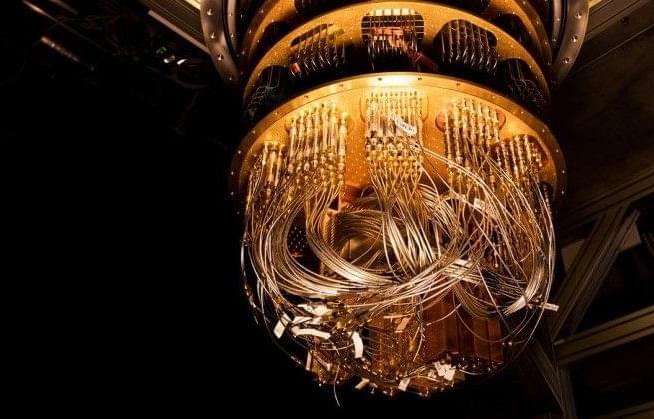A research team from Nanjing University has used cochlear organoids to identify drugs that can promote the regeneration of hair cells. The study, published in Stem Cell Reports, also identifies a signaling pathway as a potential target for hearing restoration.
Hearing is a complex multistep process that allows us to detect sound and involves three key parts of the ear – the outer, middle and inner ear. Sound waves are collected by the pinna of the outer ear and are funneled into the ear canal until they meet the ear drum (tympanic membrane), causing it to vibrate.
The resulting vibrations are transmitted to the ossicles – comprising a chain of three small bones called malleus, incus and stape – located within the middle ear. Movement of the bones transmits the sound vibrations to the inner ear, sending a signal to the cochlea (a hollow spiraling structure filled with fluid). Vibrations cause the fluid within the cochlea to ripple, forming waves that stimulate the movement of hair cells positioned on the top of the basilar membrane that separates the two fluid-filled chambers running along the cochlea.
